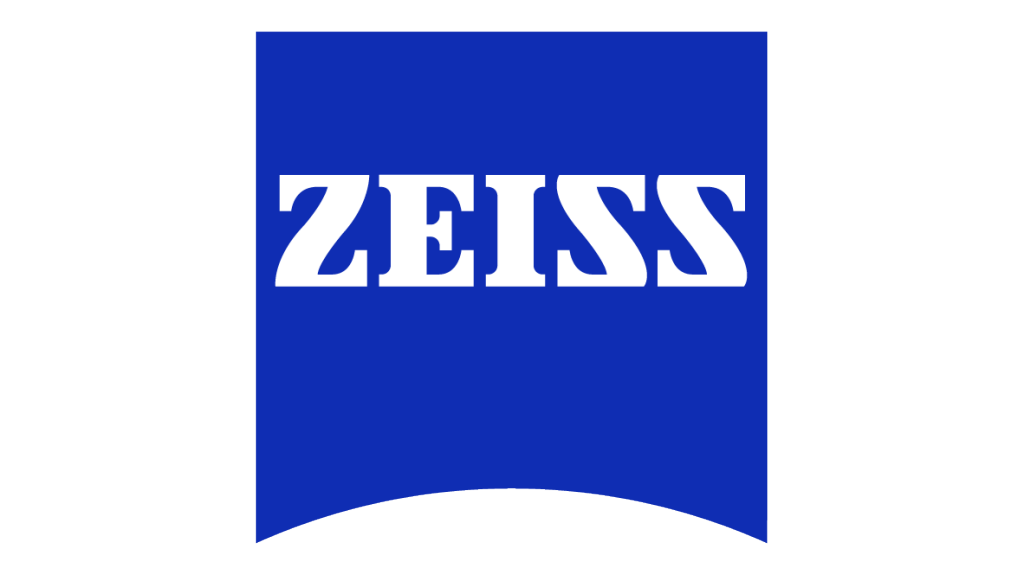Information - Calf of Man Bird Obs (Isle of Man)
Migration siteCalf of Man Bird Obs (Isle of Man) ContactsCalf Bird Warden Contacts Last countObservation hours20,655:38 observation hours, 10 year Pictures |
|
Description
Situated in the north of the Irish Sea and to the south-west of the Isle of Man, the Calf of Man is ideally placed on bird migration routes over the western side of the British Isles. Its importance for migrating and breeding birds had been recognised long before the observatory was established in 1959. The island is owned and managed by Manx National Heritage, who employ an Ornithological Warden and an Estate Warden between mid-March and mid-November each year, to monitor the birdlife and manage the reserve.The Calf is perhaps best known for its thriving population of Red-billed Chough, which regularly number 40-50 individuals, and for its historical association with Manx Shearwater. The cliffs and rocks around the coastline support a number of seabird colonies including Shag, Razorbill, Guillemot and the three large gull species, as well as being home to Peregrine, Kestrel, Rock Pipit, Hooded Crow and Raven. Since 2012, a programme to eradicate rats (known locally as "Longtails") from the Calf would appear to have been successful with Manx Shearwater returning to breed and many ground nesting species, such as Northern Wheatear, increasing in numbers.
With an area of 250 hectares (616 acres), the Calf is approximately two-and-a-half kilometres long and two kilometres across at its widest point. Its rocky coast is nearly eight kilometres long, and the land rises roughly from south-east to north-west to its highest point at 128 metres. A shallow valley known as "the Glen" cuts north to south through the middle of the island. Along the Glen lies an old field system marked out with dry-stone walls which lead down to the Withy, an areas of willow scrub, and the Millpond. On the western side of the Island are three lighthouse; of particular historical interest are the two older lighthouses, built as a pair by Robert Stevenson in 1818 and a 'modern' lighthouse that was built in 1968 and decommissioned in 1996. Three quarters of mile further west, out to sea, is a fourth lighthouse built in 1875 on the Chicken Rock, so named from the occurrence of 'Mother Carey's Chickens' or Storm Petrels.
Basic, self-catering accommodation for up to eight people is available at the Bird Observatory between March and November, and group bookings can be made on application to Manx National Heritage. Access to the island is by supply boat (normally on a Tuesday) from Port St Mary (March-November) or charter boats which sail daily (weather permitting) from Port Erin and Port St Mary (May-August). Those wishing to stay must bring all their food supplies, warm and waterproof outdoor clothing and a sleeping bag. A limited amount of free accommodation is available for visiting birders staying at least one week during either April/May and September/October.
Contact Details:
Calf of Man Bird Observatory
Email: calfbirdwarden@mwt.im













